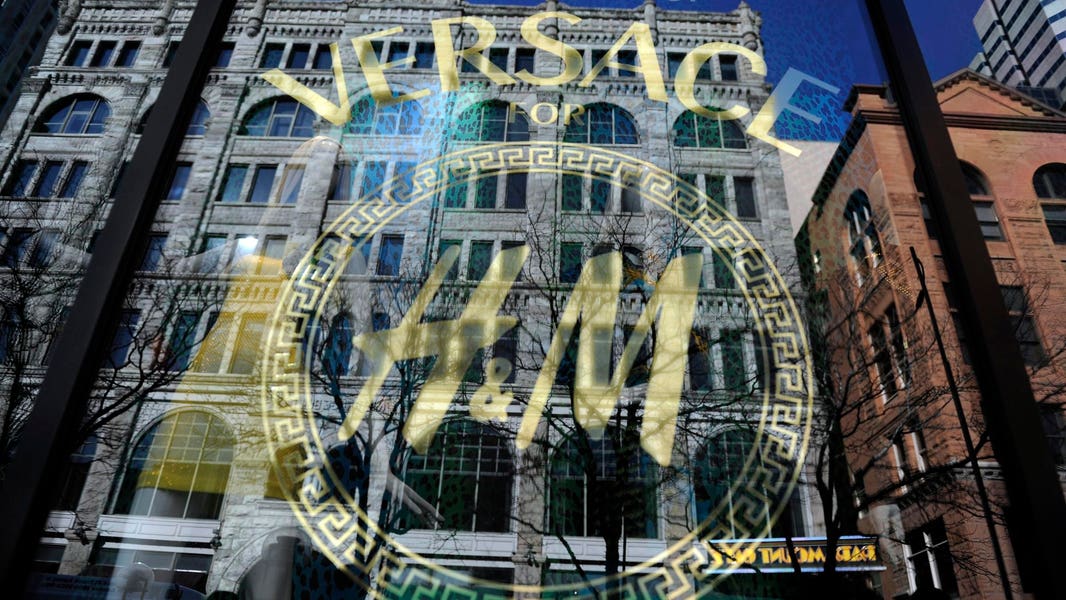
Fast fashion is under fire. Members of the European Parliament have called on EU countries to “ban” and therefore “end fast fashion” due to overproduction and the overconsumption on the grounds of its climate and waste impacts. But how is fast fashion defined, and what form would the ‘ban’ take? Furthermore, what would be the consequences for developing countries depending on fast fashion and who need to reduce its impact and shift its business model, rather than see their business eliminated.
The EU defines fast fashion as “high volumes of lower quality garments at low price levels”. From the outset, this vague descriptor appears flawed on two of the three criteria. High volumes and low price levels do not mean that a product is ‘fast’ in the sense of it being of cheap or of poor quality, inherently worse for the environment, unethically produced, or categorically overproduced in volume. Higher quantities of production simply allow lower prices due to economies of scale. Of course, there’s a limit to how low a price can go before it becomes unprofitable, but that depends on dozens of constantly shifting factors best determined by the manufacturers of that product, and upheld by equitable buying practices. Therefore, the only meaningful factor of the three is the quality of both the materials and the construction, because these determine the durability and lifespan of the garment; and the longer that is, the smaller the product’s footprint and the less waste generated through rapid disposal.
Therefore, fashion in general needs a universal set of minimum quality and durability standards that all manufacturers and brands adhere to, in line with the EU’s footprint and waste and pollution reduction targets. It also needs a business model that accounts for demand, rather than forecasting that leads to overproduction. A consolidation of product categories so that fewer product styles are offered, and on less fast-paced cycles is already underway at major global brands, who are experiencing tough retail conditions with decreased consumer spending. Fortunately, these factors are being addressed in the EUs Ecodesign Regulation, the evolving Digital Product Passport initiative and the Corporate Sustainability Reporting Directive requirement for EU brands to publicly declare the type and volume of their unsold stock. So now that’s all been clarified why does the industry, media and members of the European parliament continue to blame fast fashion?
The problem is the persistent and ongoing false narrative that fast fashion is the only problem and that ‘premium’ and ‘luxury brands’ are inherently more sustainable. This idea has taken hold and is getting in the way of sustainability education and progress because it perpetuates the elitist idea that fashion made in high volume in developing countries (like China, Bangladesh and Vietnam) is ‘cheap’, ‘unsustainable’ and ‘fast’ to be ditched. When consumers believe this it lets premium and luxury brands off-the-hook, allowing them to stall on sustainability efforts and allow the negative attention to linger on brands like H&M and Zara, and manufacturers in South Asia, using them as sustainability scapegoats.
At the recent Global Fashion Summit in Copenhagen, Francois Arnault peddled LVMH’s disdain for ‘fast fashion’ claiming it was a separate industry to luxury fashion, which he believes is “sustainable by nature”. Quite how that works when both are supplied by the same commodity raw materials and supply chains is anybody’s guess. In fact, a recent emissions comparison by Sarah Kent of Business of Fashion indicated that LVMHs total emissions are not so far off those of H&M. It also shone a light on luxury brands’ tendency to set intensity-linked emissions targets, rather than the absolute targets required to ensure emissions reduction in line with sector climate targets.
Recycled cotton waste at Jinnat Textiles, Bangladesh.
Brooke Roberts-Islam
On the topic of fast fashion as a so-called ‘separate industry’, I recently visited a group of factories manufacturing products for Hugo Boss, LIDL, Asos, Ralph Lauren and Puma, all under the same roof and made by the same skilled workforce. The factory has a cotton recycling facility where it turns its own fabric offcut waste into new yarns and fabrics certified by the Global Recycling Standard, which they then manufacture into new garments. The factory was Jinnat Knitwear Ltd, part of DBL Group in Bangladesh. Similarly, Urmi group has introduced value-added production by becoming the first manufacturer in Bangladesh to invest in advanced seamless knitwear technology, producing highly technical compression and performance sportswear for brands like Puma, as well as underwear and sleepwear for M&S. It seems that diversifying production beyond conventional textiles and high-volume garments is Bangladesh’s next goal in garment manufacturing and digital innovation.
Jinnat Textiles cotton recycling facility, Bangladesh
Brooke Roberts-Islam
Probing the ‘fast’ vs ‘luxury’ product comparison further, a quick Google search threw up these two t-shirt options:
A Loewe printed cotton t-shirt, Made in Italy, priced at $621; and a H&M printed organic cotton t-shirt, Made in Turkey (also naming the factory and its location on the website), for $35.
H&M is considered to make ‘fast fashion’ and Loewe ‘luxury’. H&M used organic cotton (grown without synthetic pesticides or fertilisers), whereas Loewe used conventional cotton, which does use these chemicals, which are derived from fossil fuels. Conventional cotton has a higher carbon and ecological footprint than organic cotton because of this difference. Regarding production location, 18.8% of Turkey’s energy supply (and rising) is from renewables, while Italy’s is 16.6% and declining, so the choice of Italy as a manufacturing country could be more carbon intensive than Turkey, despite Italy often assumed to be ‘sustainable’ because of its synonymy with designer brands and high production prices.
With these things considered, the sustainability of fashion is not determined whether the brand is categorized as ‘fast’ or ‘luxury’, nor is it according to price point or the country of manufacture. It’s determined by how it’s made, what it’s made from, along with the avoidance or elimination of ‘waste’ and availability of renewable energy sources.
The last, and most pointy of points to be made, is that persistent narratives from luxury brands and retailers, as well as European leaders is falsely and unfairly framing the garment industry in developing countries (and in particular, Bangladesh) as unequivocally deadly and unethical. The President of the European Parliament, Roberta Metsola, used her plenary speech, which coincided with the 10th anniversary of the Rana Plaza disaster in Bangladesh, to share the tragic death toll as a warning against the continuation of fast fashion, as if to suggest that the situation ten years ago is still the situation now.
This stance is despite the Bangladesh Accord successfully overhauling the country’s factories through extensive facility upgrades and legally binding safety agreements with workers. The now International Accord is being rolled out industry-wide as a result of its success in securing worker safety, supporting freedom of association and allowing increased collective bargaining. However, Metsola appears to have been either unaware of this widespread news, or unwilling to divert from the decade-long narrative that Rana Plaza (and by extension Bangladesh) is forever fast fashion’s cautionary tale that means fast fashion must end! If ensuring ethical and fair treatment of garment workers is her concern, perhaps a visit to Bangladesh’s garment factories to understand how garments are manufactured there is in order– especially as most of the EU’s garment imports, by volume, are from Bangladesh.
Ultimately, fashion (and footwear) have a sustainability problem, and simply using ‘fast fashion’ a whipping boy is to misunderstand the complexity of impact analysis (both environmental and social) and to overlook the sorely needed universal product standards and optimized business models. The sooner the narrative shifts away from scapegoating and false blaming of brands, products, and countries, the quicker the focus can remain on the task at hand: identifying and implementing critical industry-wide sustainability solutions.




